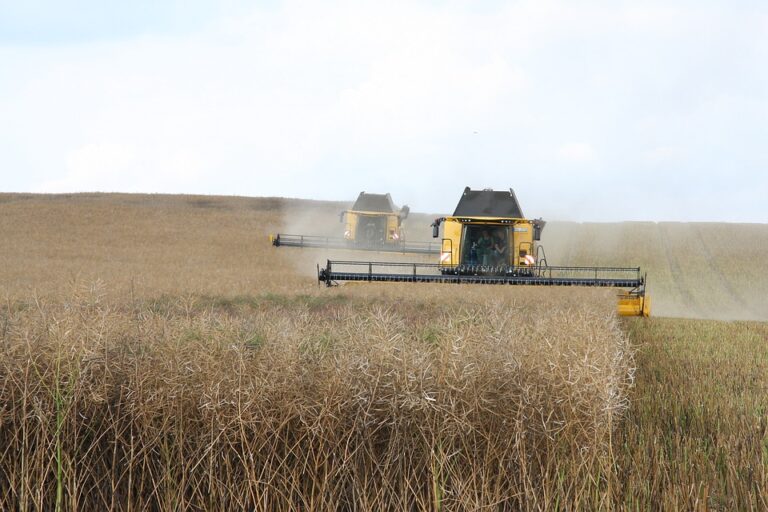The Legacy of Mongol Rule: How the Mongols Shaped Early Russian Settlement Patterns
Introduction
The Mongol Empire was one of the most powerful and expansive empires in history, stretching across Asia and Europe during the 13th and 14th centuries. While the Mongol rule had a significant impact on many regions, one area that was especially influenced by their presence was Russia. The Mongols, also known as the Tatars, ruled over Russia for over two centuries, leaving behind a lasting legacy that shaped the early Russian settlement patterns.
Impact on Russian Cities
Under Mongol rule, the Russian cities experienced significant changes in their layout and structure. The Mongols introduced a system of taxation and administration that required the cities to be organized in a way that was conducive to collecting tribute and maintaining control. As a result, many Russian cities underwent urban planning changes to accommodate the demands of the Mongol rulers.
One of the most significant changes was the emergence of fortified city centers known as kremlins. These kremlins were designed to be heavily fortified and served as the administrative and military centers of the city. The Mongols required Russian princes to build these kremlins as a way to exert their control and maintain order in the region. As a result, many Russian cities, including Moscow, Novgorod, and Kazan, developed kremlins that served as the focal point of the city and were crucial to its defense.
Settlement Patterns
The Mongols’ influence on Russian settlement patterns was also evident in the way that villages and towns were structured during this time. The Mongols introduced a system of tribute collection that required the peasantry to pay taxes to the ruling elite. This system led to the development of a pattern of settlement where villages were organized in a way that facilitated the collection of tribute and communication with the ruling class.
Many villages during this time were organized around a central square or marketplace, where trade and commerce could take place. This central square often served as a gathering place for the community and was essential for maintaining social cohesion. The villages were also located near water sources, such as rivers or lakes, which were crucial for agriculture and transportation.
In addition to villages, the Mongols also influenced the development of towns and cities in Russia. Towns were typically established near major trade routes or strategic locations, such as river crossings or hilltops. These towns served as hubs for commerce and communication and were often the site of important religious and cultural institutions.
Legacy of Mongol Rule
The legacy of Mongol rule in Russia can still be seen today in the architecture, culture, and society of the region. The kremlins that were built during this time continue to be iconic symbols of Russian cities, serving as reminders of the Mongols’ influence on the region. The settlement patterns that were established during the Mongol rule also continue to shape the way that cities and villages are organized in Russia today.
Furthermore, the Mongols’ influence on Russian society and culture during this time was profound. The Mongols introduced new technologies, languages, and customs to the region, many of which were integrated into Russian society. The Mongols also had a significant impact on the Russian Orthodox Church, influencing its organization and administration.
Overall, the legacy of Mongol rule in Russia was complex and multifaceted. While the Mongols’ presence undoubtedly had a significant impact on the region, it also helped to shape the early Russian settlement patterns and laid the foundation for the development of Russian society and culture. Today, the legacy of Mongol rule continues to be an important part of Russia’s history and heritage.





